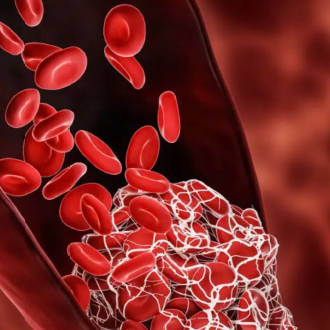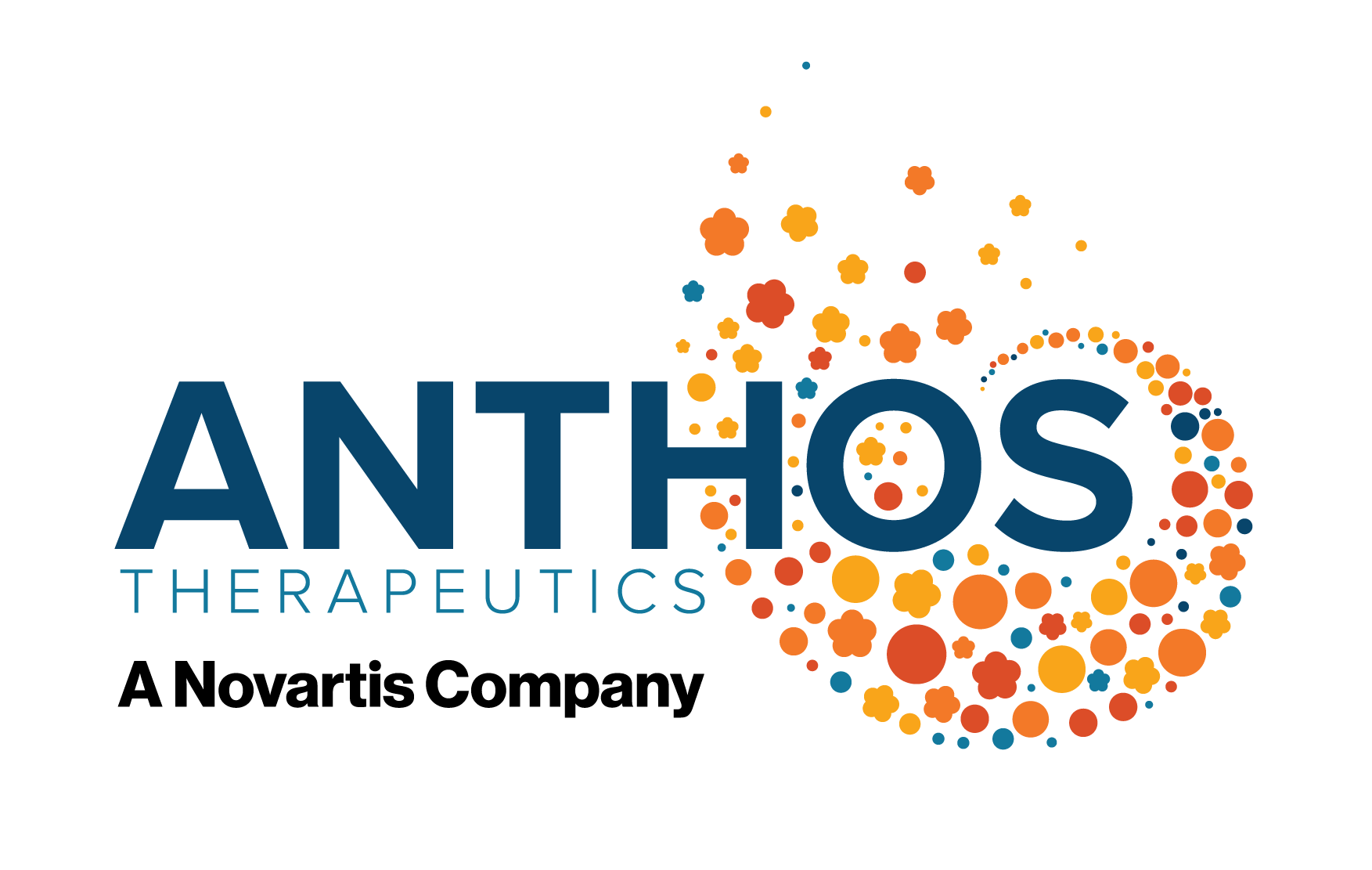Unmet Needs
Stroke Prevention in Patients with Atrial Fibrillation
Atrial fibrillation, or AF, is the most common form of irregular heartbeat with stroke being its most severe complication. Affecting 60 million people worldwide1, the prevalence of AF is expected to increase by 60% by 2050 due to an aging population and rising cardiometabolic risk factors.2 In the U.S. alone, 12.1 million people are predicted to have AF by 2030.3

The risk of cardioembolic stroke from AF is significant, accounting for 1 in every 3 ischemic strokes in adults over 65.4 Alarmingly, despite the availability of stroke prevention therapies, results from large clinical trials and claims-based data analysis show that 40 to 60% of AF patients either do not take anticoagulants or do not receive the proper dose5,6, missing out on critical stroke protection.7
While there have been significant advances in anticoagulant treatment, there is still a pressing need for new therapies that better address the challenges faced by patients today. The annual rate of major plus clinically relevant non-major (CRNM) bleeding remains 10 to 12% in the atrial fibrillation patient population.8
It is hoped that future advances in the management of atrial fibrillation will not only decrease the risk of bleeding but will also address other unmet needs. These include the need to adjust dosage based on age, renal or hepatic status, decrease the current risks associated with drug-drug interactions, alleviate the challenges of an increasing pill burden, and enhance adherence.
Cancer Associated Thrombosis
Cancer associated thrombosis (CAT) is a devastating complication of cancer that can profoundly impact a patient’s health and quality of life.9 Cancer increases the risk of blood clots as cancer cells release chemicals that stimulate the production of clotting factors, which combine with platelets to form blood clots.

Despite being preventable and treatable, blood clots remain a leading cause of death among cancer patients, with cancer associated thrombosis being the second most common cause of death in the cancer population after cancer itself.10
The main limitation of current anticoagulant agents is related to bleeding risk. Specifically, direct oral anticoagulants (DOACs), have been associated with a high bleeding risk in gastrointestinal (GI) and genitourinary (GU) cancers.9
In addition to cancer itself, there are several other factors associated with cancer that further increase risk. These factors include cancers involving the pancreas, stomach, brain, lungs, uterus, ovaries, and kidneys, as well as blood cancers, such as lymphoma and myeloma.11 The risk is higher in the first few months after cancer is diagnosed, usually when treatment occurs, and in cases of advanced or late-stage cancer.
If one of the Factor XI inhibitors currently being evaluated in ongoing clinical trials for this disease area demonstrates positive results, this innovative once-monthly therapeutic option could significantly enhance the quality of care for this vulnerable patient population.
1. Patel SM, Ruff CT. Curr Cardiol Rep. 2024 Jul 23. 2. Rahman F et al. Nat Rev Cardiol 2014;11(11):639-54. 3. https://www.cdc.gov/heart-disease/about/atrial-fibrillation.html?CDC_AAref_Val=https://www.cdc.gov/heartdisease/atrial_fibrillation.htm 4. Ko D et al. JAMA Network Open. 2022;5(11):e2242964. 5. Hsu JC et al. JAMA Cardiol. 2016; 1: 55–62. 6. Piccini JP et al. Circulation. 2019;139:1497–1506. 7. Pokorney SD et al Am Heart J 2019;210:29-38. 8. Ruff CT et al. Comparison of the efficacy and safety of new oral anticoagulants with warfarin in patients with atrial fibrillation: a meta-analysis of randomised trials. Lancet. 2014 Mar 15;383(9921):955-62. 9. Fioretti AM et al. Rev Cardiovascular Med. 2023: 24(10), 295. 10. https://www.cdc.gov/blood-clots/data-research/facts-stats/index.html 11. https://www.stoptheclot.org/spreadtheword/cancer-risk-factors/
